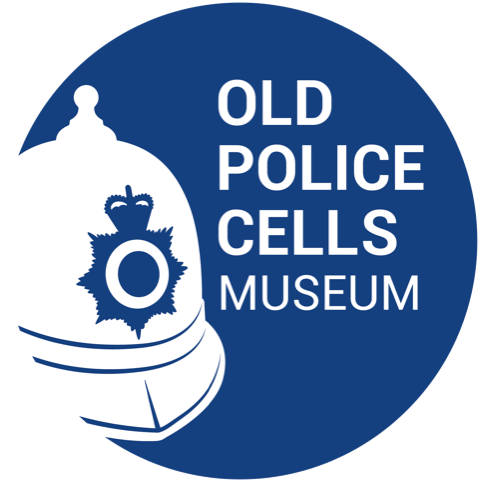Accessibility and inclusivity
Who can access the Old Police Cells Musem?
The Old Police Cells Museum is committed to providing the best possible access to all visitors, guides dogs are welcome.
For further clarity or to inquire about adaptations we can make to ensure your visit is as accessible as possible, please email enquiries@oldpolicecellsmuseum.com
Stairs and Lift
The museum is situated in the basement of Brighton Town Hall, with the men’s cells a five metre walk from the stairs and up a further three stairs, and the women’s cells a six metre walk and up three stairs. For those who can’t navigate stairs, there is a lift that takes visitors down to a corridor that adjoins the men’s cells within two metres, with one step up at the doorway. The doorway is large enough to fit some wheelchairs through, but unfortunately not all larger mechanised wheelchairs can fit through it.
This video provides you with all the information you need to know before your visit.
Text and audio materials
The museum uses text panels, text labels, films, audio interviews and guided tours to provide information about the collection.
Blind and partially sighted viewers are encouraged to join a live tour led by a retired serving police officer who can provide audio descriptions of the collections and verbal context. There are also videos that can be listened to. The museum’s voluntary teams are also working on making the collection accessible digitally, via ALT text on images on the website.
For deaf visitors, there are written materials, as well as subtitling on all films.
The museum also welcomes neuro-diverse visitors and students and can tailor tours to suit multiple needs with advance notice.
Diversity and inclusivity
The Old Police Cells Museum commits to adhere to Brighton and Hove City Council’s Equality and Inclusion policy statement and strategy that meet the requirements under the public sector duty of the Equality Act 2010.
Because the OPCM understands the unique role that the museum’s collection can play in making the broader locality a safer place to live and visit, it aims to provide equal access to its collection by ensuring consideration is given to all sorts of potential visitors regardless of gender, race, physical ability, religion and other factors pertaining to the widest possible breadth of lived experience. The museum recognises (in accordance with Brighton & Hove City Council’s acknowledgement that Brighton and Hove is a vibrant city that is culturally, economically and socially diverse) that there are historic barriers to the history of policing in Sussex for multiple communities. It is therefore committed to proactively diversifying the profile of members of the community who engage with both the collection and the building, as part of its outreach strategy to strengthen community ties.
Police Chief badge and identity card. Lewes.
Badge in leather wallet belonging to Keir Angel, retired police.
Issued on 16 April 1972. Museum number: X340.

